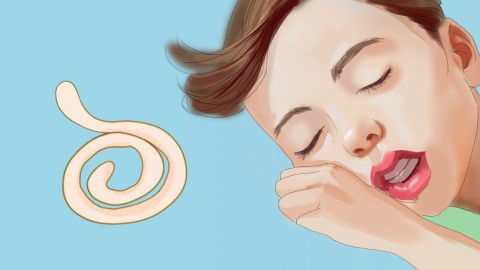Can infantile spasms resolve on their own after the age of three?
Generally, whether infantile spasms can resolve spontaneously after the age of three mainly depends on the underlying cause and the severity of the condition. If the condition is mild without other accompanying symptoms, spontaneous resolution is usually possible. However, if the condition is severe and accompanied by structural brain abnormalities, spontaneous resolution may not occur. If symptoms persist for a prolonged period, medical attention is required. Detailed analysis is as follows:

If infantile spasms are caused only by transient metabolic disturbances or certain specific physiological environmental factors, and the infant's current condition is not serious, such as only mild brain injury without other accompanying symptoms, symptoms may gradually improve with age after the age of three, eventually achieving spontaneous resolution. However, it is necessary to promptly improve lifestyle habits and avoid pathogenic factors to reduce damage to brain tissue.
However, if infantile spasms are caused by pathological factors such as neonatal asphyxia, viral encephalitis, or intrauterine infection, and the infant has structural brain abnormalities or neuronal dysfunction, the possibility of spontaneous resolution is generally low. Infantile spasms caused by these etiologies are often irreversible and more severe. Without timely treatment, more severe complications such as cerebral palsy or intellectual disability may develop. Therefore, long-term treatment based on the underlying cause is necessary, along with regular follow-ups.
Once infantile spasms are diagnosed, a suitable treatment plan should be promptly developed according to the underlying cause and severity. During treatment, close monitoring of the infant's condition is necessary to allow timely interventions and care to control disease progression.











